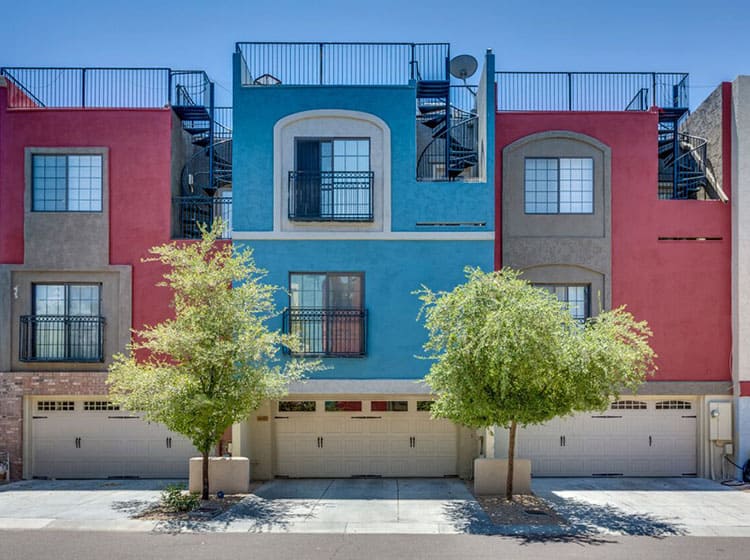Exactly How Do Well-Chosen Colors Influence Your Brand'S Beauty In Commercial Exterior Paint? Explore The Vital Elements That Assist Your Decision-Making Procedure
Exactly How Do Well-Chosen Colors Influence Your Brand'S Beauty In Commercial Exterior Paint? Explore The Vital Elements That Assist Your Decision-Making Procedure
Blog Article
Staff Writer-Joyce Ismail
When it pertains to business outside painting , the shades you pick can make or break your brand name's appeal. Recognizing just how different colors influence understanding is key to bring in consumers and developing trust fund. However it's not almost personal choice; local patterns and guidelines play a substantial function also. So, just how do you locate the best balance in between your vision and what reverberates with the community? Allow's check out the vital aspects that assist your shade options.
Understanding Color Psychology and Its Impact on Organization
When you choose shades for your company's outside, comprehending color psychology can considerably affect how potential consumers view your brand.
Colors stimulate feelings and set the tone for your service. For example, blue often shares trust and professionalism and trust, making it ideal for financial institutions. Red can develop a feeling of urgency, perfect for dining establishments and clearance sales.
On the other hand, eco-friendly signifies development and sustainability, attracting eco-conscious consumers. Yellow grabs focus and triggers positive outlook, but too much can bewilder.
Consider your target market and the message you want to send. By selecting the ideal shades, you not only boost your curb charm however additionally straighten your picture with your brand worths, ultimately driving client engagement and loyalty.
Analyzing Resident Trends and Rules
Just how can you ensure your exterior paint options reverberate with the area? Start by researching neighborhood trends. Browse through nearby organizations and observe their color design.
Take note of what's preferred and what feels out of location. Suggested Webpage 'll assist you straighten your options with community aesthetic appeals.
Next, examine regional laws. Many towns have guidelines on exterior shades, particularly in historic areas. You do not wish to hang around and money on a palette that isn't certified.
Engage with regional local business owner or area teams to gather insights. They can provide important comments on what shades are favored.
Tips for Harmonizing With the Surrounding Atmosphere
To develop a cohesive look that blends seamlessly with your surroundings, consider the native environment and building designs close by. Beginning by observing the colors of nearby buildings and landscapes. Earthy tones like greens, browns, and soft grays often function well in natural settings.
If your home is near vibrant metropolitan locations, you might pick bolder shades that reflect the local power.
Next, think of the building design of your structure. Traditional styles may gain from traditional colors, while modern-day styles can accept contemporary combinations.
Examine your color choices with examples on the wall surface to see how they communicate with the light and atmosphere.
Finally, keep in mind any kind of regional standards or community looks to guarantee your selection enhances, rather than clashes with, the surroundings.
Conclusion
In conclusion, picking the best shades for your industrial exterior isn't practically visual appeals; it's a calculated choice that impacts your brand name's assumption. By tapping into shade psychology, thinking about regional trends, and guaranteeing consistency with your surroundings, you'll create a welcoming atmosphere that brings in customers. Do not neglect to test examples before committing! With the right strategy, you can boost your company's aesthetic appeal and foster enduring client interaction and loyalty.
